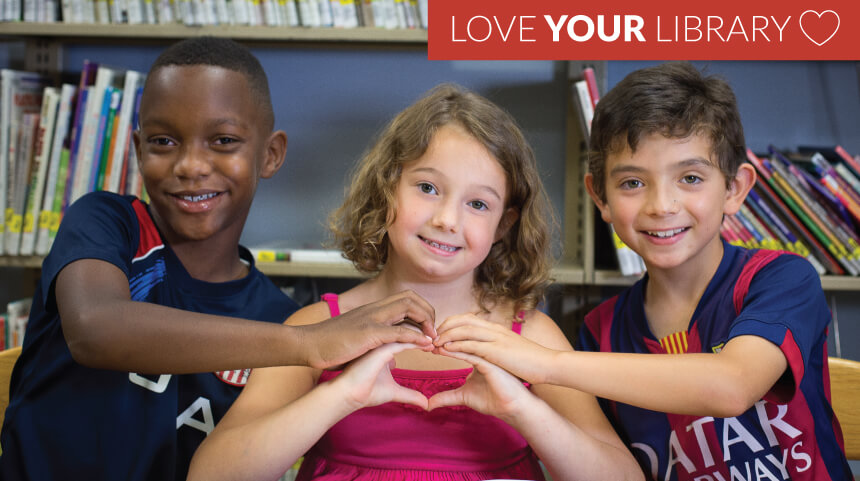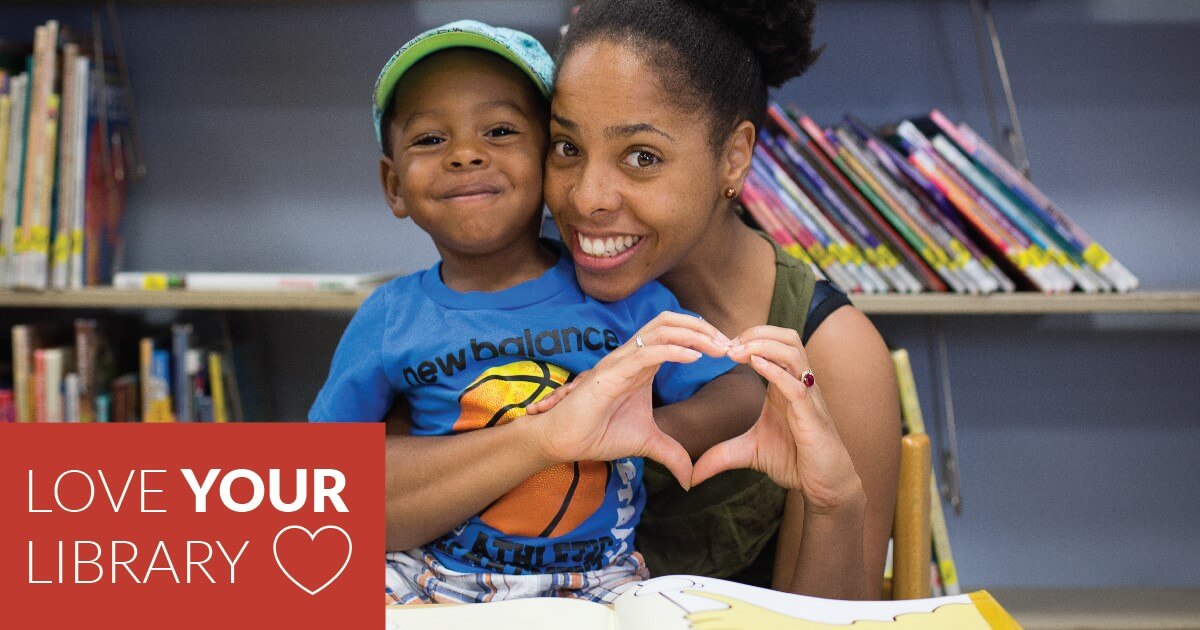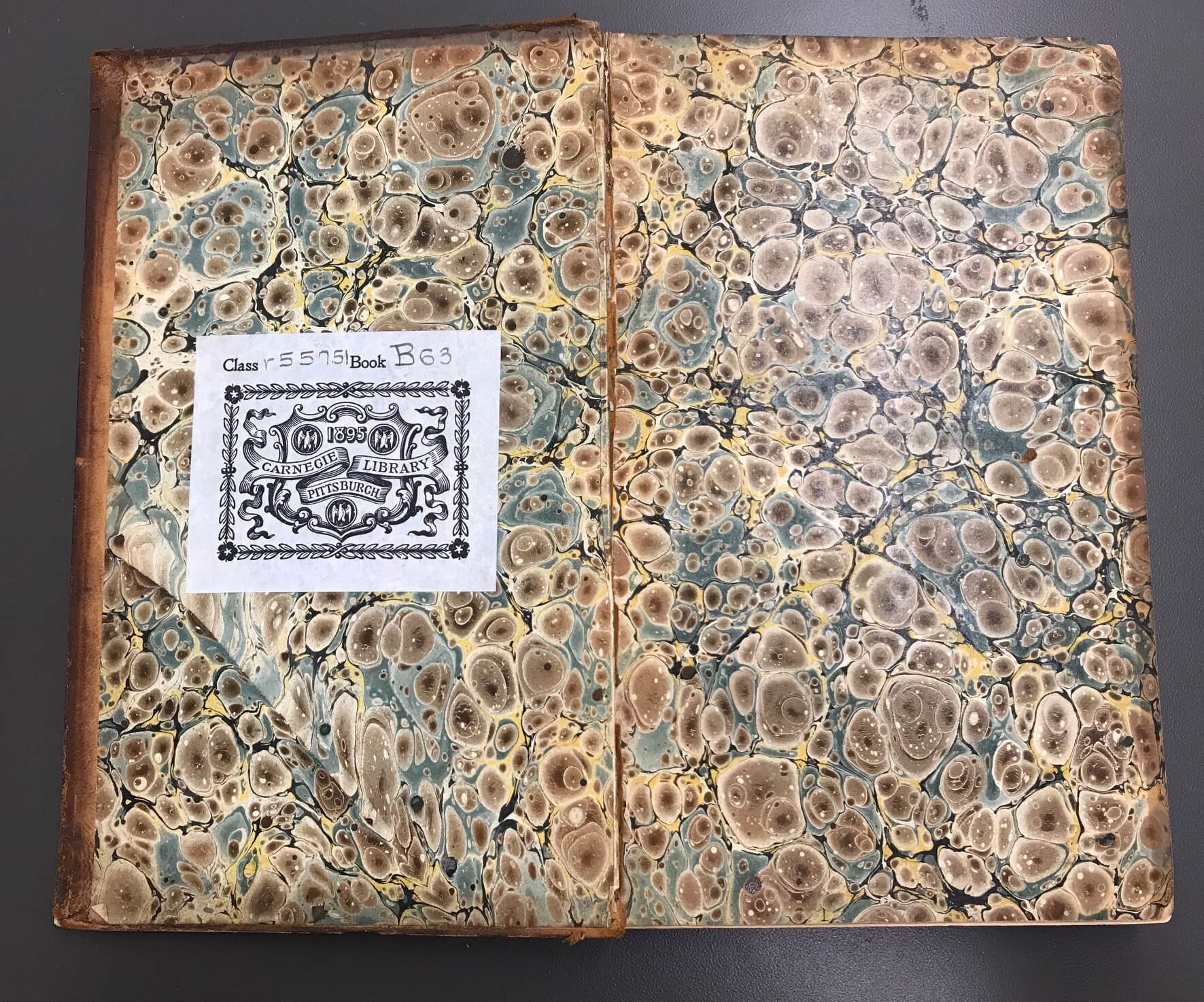Throwing No Stones
I begin this post with a disclaimer: I may not be the most impartial judge when it comes to Louise Penny. In the past couple of years she has become, … Continued
Spine to Spoon – Victuals: Ronni Lundy’s Appalachian Cookbook
“Spine to Spoon” is a series that digs into our Library’s rich stock of cookbooks and culinary collections. Each month, I’ll pick a book, try it out and write about it. I can’t share my dishes with you, but I’d love to share our books! Follow the “Spine to Spoon” tag to keep up with my kitchen.
Love Your Library, Love Your Language
As part of Love Your Library month, we’re highlighting some of Carnegie Library of Pittsburgh’s most-loved programs and services here on Eleventh Stack. If you’ve ever taken a look at the extensive list of language classes offered by CLP and wondered how we manage to offer everything from Arabic to Spanish, you’re in luck — today’s post is all about taking you behind the scenes and into the world of the library’s amazing language volunteers!
Love! Love Will Keep Us Together!
September is a love-ly month for Carnegie Library of Pittsburgh.
Celebrating Gwendolyn Brooks with Revise the Psalm
Even though she lived in Topeka for just over a month, Gwendolyn Brooks was indeed born there. 2017 would have marked her 100th birthday, and towns all over Kansas were alight with celebratory readings, walks and exhibits throughout the year. Beyond the state borders, fresh anthologies and rejuvenated collections were released in honor of the woman who penned some of the most iconic poetry of our time.
Teen Media Awards 2017 Showcases Talented Youth Across the County
On August 12, 2017, hundreds of teens, families & friends came together in the Carnegie Lecture Hall to celebrate the creative achievements of both the Labsy Awards and the Ralph Munn Creative Writing Contest, during what is now known as the Teen Media Awards.
A Toast to Pittsburgh’s Cocktail Culture
When I moved to Pittsburgh seven years ago, I knew it was a beer town. Or did I?
Making Rainbows out of Rain: What To Do with Pittsburgh’s Wet Weather
Rain, rain, go away… and if that doesn’t work, take a look at these 5 suggestions to keep your head above water (see what I did there?) during times of endless rainfall in Pittsburgh.
A Basic Gal’s Guide to Jane Austen: Emma
This is the first — and only — Austen novel where the main character is the title of the book. So straight out of the gate you know who will dominate this story. But in Emma, Austen creates a character who is totally unique from the other Austen leading ladies. In a time when women were encouraged to marry, Emma Woodhouse was having none of it.
Discover Historic Bookbinding: Marbled Endsheets
Back in the good ‘ol days of the 19th and 20th century, we decorated the inside covers of our beloved books with wildly colorful papers. Swirls, speckles, wavy lines and crinkled patterns were all used by book binders to ease the transition of a reader’s eyes from the cover of the book to the meat of the book, the textblock. This transition sometimes was decorated, relative to the context of the book. A book about trains might have had some engines merrily chugging across the flyleaf. Other books might have had plain white endsheets, and others wild, splashy, psychedelic colorful swirls.



